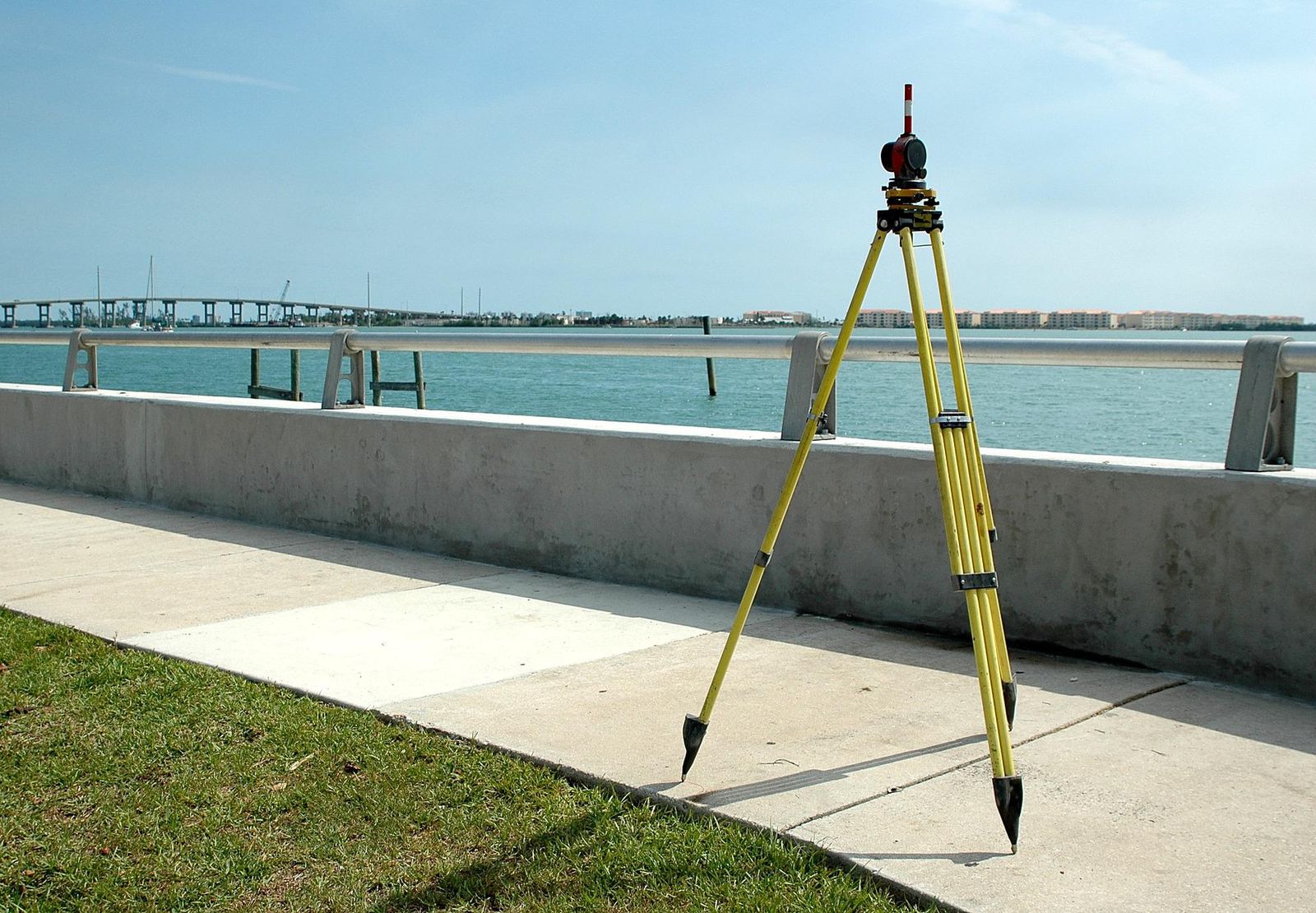
Image by Paul Brennan from Pixabay
During the Michigan Society of Association Executives (MSAE) Annual Conference Aug. 1-3, 2022, in Bay City, Michigan, members and attendees had the opportunity to participate in a facilitated exercise to identify and explore current forces at play that are affecting them and their organizations. Following is an overview of those sessions led by Event Garde team members Krista Rowe, Trevor Mitchell, and me, along with the strategic insights and actionable business intelligence association leaders can apply to their work immediately.
What is environmental scanning?
Before planning for the future, groups need to understand their history and the current dilemmas they face, as well as anticipate shifts and trends in their larger environment. Environmental scanning provides a way to quickly understand member, volunteer, staff, or community perceptions and needs, delve into relevant data, and get groups on the same page to launch their work.
When should we scan?
Scanning isn’t a one-and-done phenomenon. Rather, it should happen in regular intervals and with a variety of different stakeholder groups for optimal data collection, engaging as many perspectives as possible. Following is just a sampling of suggestions for when environmental scanning could occur:
- Annual scanning check-in
- Board planning session
- Committee/volunteer meetings
- Member/volunteer survey
- Project/initiative evaluation
- Staff strategy meeting
- Strategic planning
How should we scan?
Scanning should involve a number of layers, approaches, and perspectives. Relying on one approach alone will provide a very narrow/limited understanding of the current environment. Instead, gather data from a variety of different sources, including but not limited to the following:
- Organization’s mission, vision, and values — Check in with your organization’s foundational statements to remind yourself why it was established, its long-term goals, and the values it wishes to uphold.
- Industry trends — Seek out reputable research, including both data and analysis, from industry consultants and other thought leaders to identify the trends most likely to impact you and your members in the short-term.
- Foresight drivers — Participate in long-term, future-focused scanning by thinking about and applying intelligence about drivers of change that are most likely to affect your organization 10 or more years from now.
- Environmental scanning — Select and complete one or more environmental scanning tools to systematically gather the strategic insights and actionable business intelligence you need to make informed decisions.
PESTLE Analysis Overview
One possible environmental scanning tool is the PESTLE Analysis, which studies the key external factors that influence an organization. Following is a breakdown of the acronym, and just some of the factors to consider in each area:
- Political — Tax policy; environmental regulations; trade restrictions and reform; tariffs; political stability
- Economic — Economic growth/decline; interest, exchange, inflation, and wage rates; minimum wage; working hours; unemployment; credit availability; cost of living
- Sociological — Cultural norms and expectations; health consciousness; population growth rates; age distribution; career attitudes; health and safety
- Technological — Automation; innovation; disruptive technologies; social networking; upgrades; robotics; artificial intelligence; security
- Legal — Employment law; common law; labor law; health and safety regulations
- Environmental — Global warming; increased need to switch to sustainable resources; ethical sourcing; supply chain intelligence; pandemics; other emergencies
MSAE Member Results
MSAE members and attendees of all functional areas and experience levels were then asked to reflect on their own experiences and identify the current factors most likely to affect associations in general. Following is a recap of what they said by external factor:
- Political
- Business climate
- Environmental policy, manufacturing
- Finance policy
- Instability creating limbo/inaction
- Leadership, elected official changes cause change of focus/funding
- Policies that increase workload
- Regulatory environmentTax policies that cut funding
- Economic
- Aging operations
- Gas prices
- Increase in workday hours
- Inflation
- Interest rates
- Political environment
- Staffing (e.g., shortages)
- Supply chain costs
- Underfunding
- Wage pressure/increases
- Sociological
- Aging — retirements; knowledge transfer; desire to belong/join
- DEI — game changer; new voices, new lens; reactions (politically); impact all other discussions
- Education — creating programs in school that are reachable; making sure you touch the students that don’t seem to want to move forward with higher education; show them what is possible and financially feasible
- Great Resignation — lack of motivation/interest to work
- Next generation and cessation planning
- Personal priorities — changing leadership styles; deficit of leadership; health/safety; isolation from remote work
- Virtual “everything”
- Technological
- Ability to support and secure remote workforce
- Access to internet (rural, urban)
- Adoption of new technology
- AI/automation and impact on workforce
- Concentration of control to a few mega corporations
- Cyber attacks/impact of cyber risk
- Data protection
- Digital transformation rate of change
- Member expectations with limited resources
- Move to cloud/subscription and concern of long-term costs
- New technology demands (e.g., payment methods)
- Scalability
- Legal
- Compliance burden
- Constant change
- Data rights/privacy
- Employment law compliance
- Labor laws — code of conduct; anti-harassment; benefits; breaks
- Laws that impact state funding
- Minimum wage laws
- Reproductive health
- Environmental
- Agile contracting supply-chain implications
- Need more proactive strategic decision-making
- Our space to work, live, and connect is becoming more challenging
- Unpredictable and expected
So what?
It’s not enough to just conduct the environmental scan. The next step is to consider the real likelihood and the potential impact these factors could have on both your organization and your members, and then plan to do something about those you deem a priority. Potential actions could include new or updated policies/procedures; bold and strategic investments; the development of innovative programs, products, or services; continued monitoring; future-focused foresight planning; or the like.
If you or your team has a preferred environmental scanning approach, please share with us your tips, tricks, and recommendations using the comments below or by emailing us at [email protected].


